Letter of Agreement Samples
-
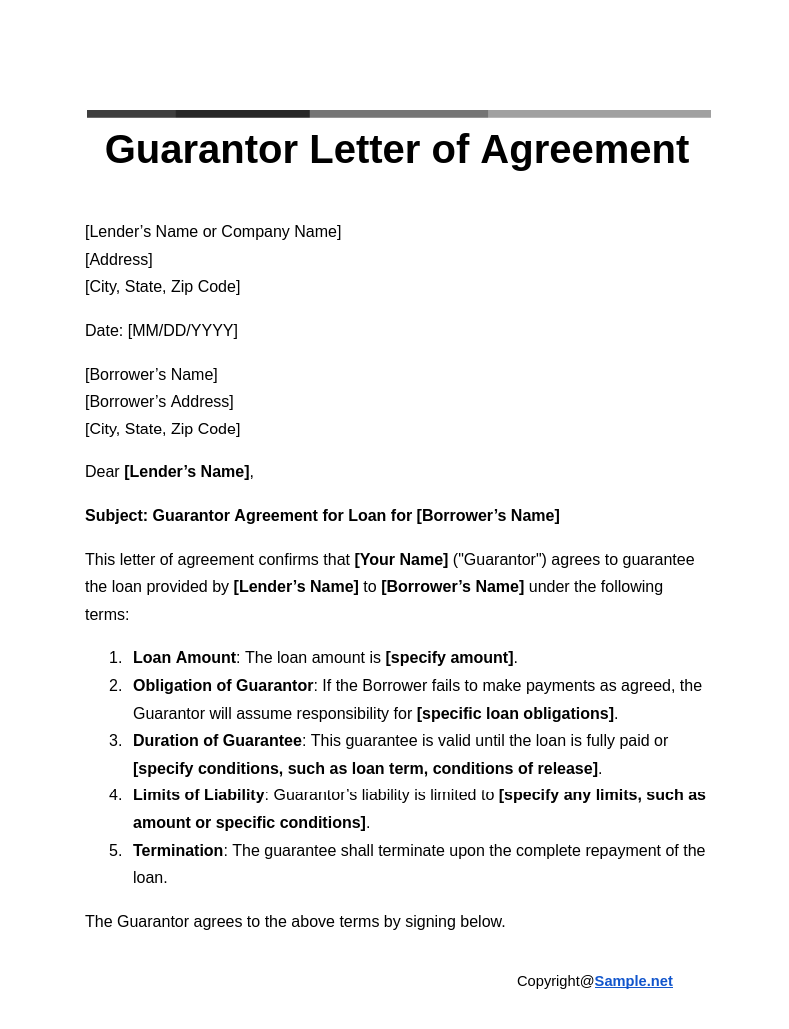
Guarantor Letter of Agreement
download now -

Commissary Letter of Agreement
download now -
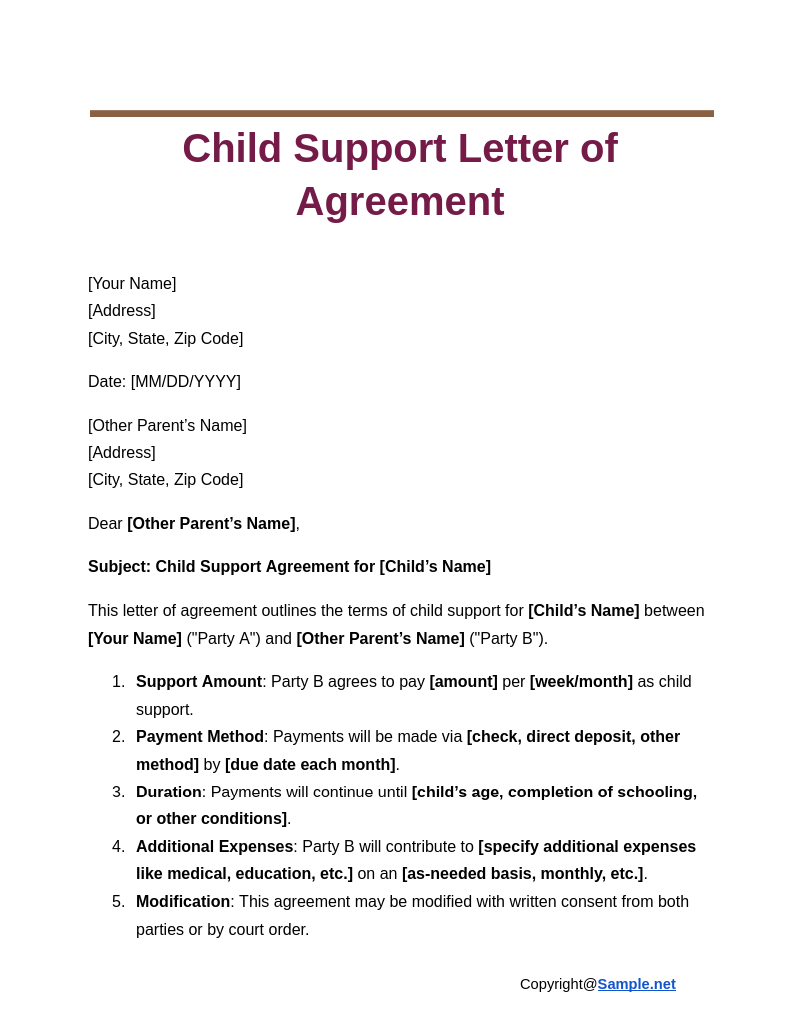
Child Support Letter of Agreement
download now -
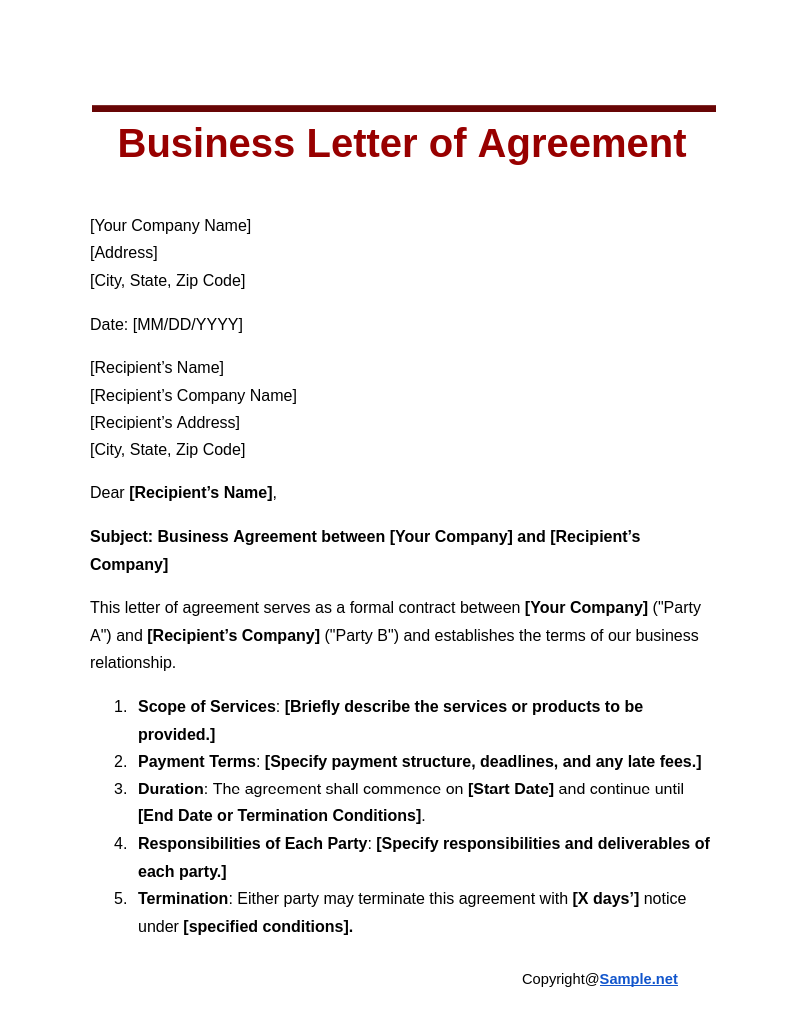
Business Letter of Agreement
download now -
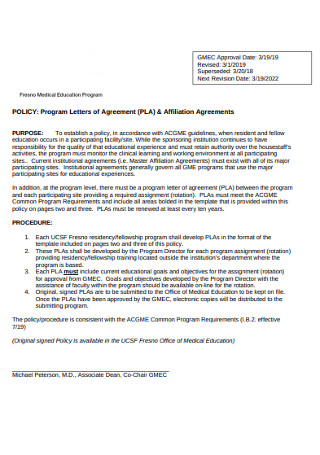
Program Letters of Agreement
download now -

University Side Letter of Agreement
download now -
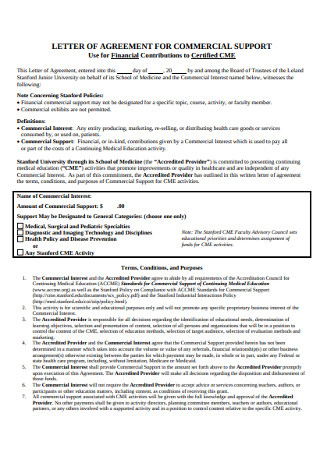
Letter of Agreement for Commercial Support
download now -
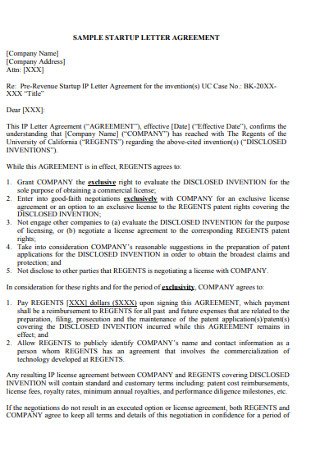
Sample Startup Letter of Agreement
download now -
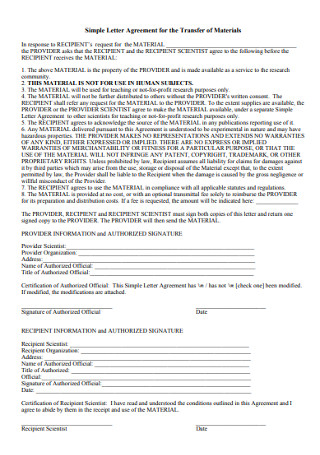
Simple Letter Agreement for the Transfer of Materials
download now -
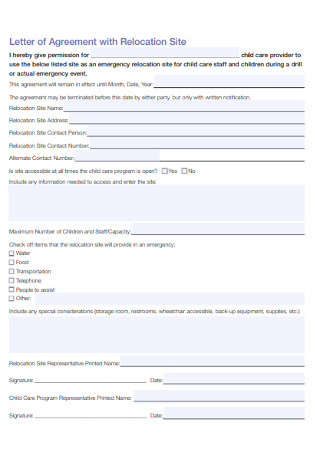
Letter of Agreement with Relocation Site
download now -
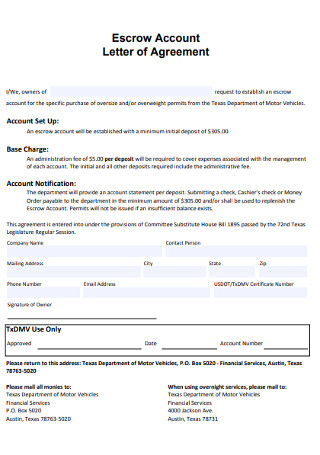
Accounts Letter of Agreement
download now -
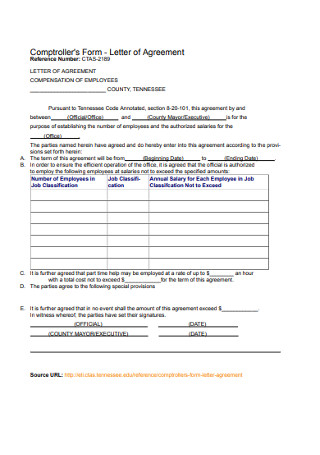
Letter of Agreement Comptroller’s Form
download now -
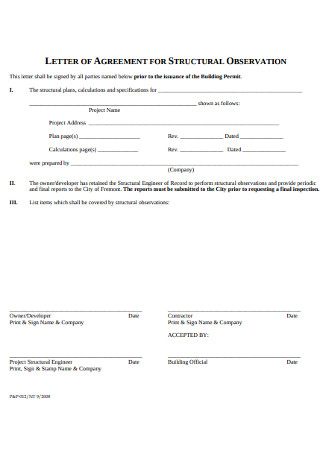
Letter of Agreement for Structural Observation
download now -
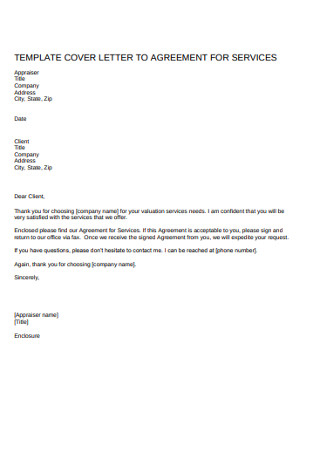
Cover Letter of Service Agreement Template
download now -
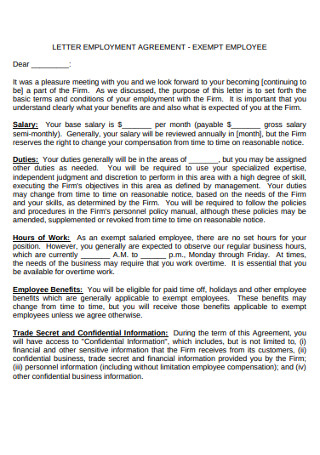
Employment Letter of Agreement
download now -
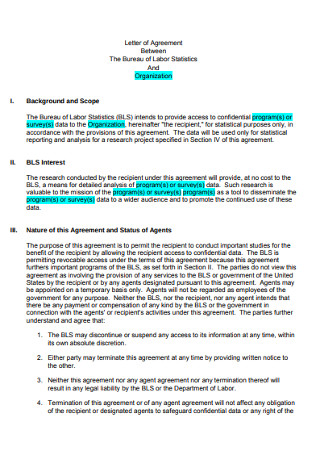
Basic Letter of Agreement
download now -
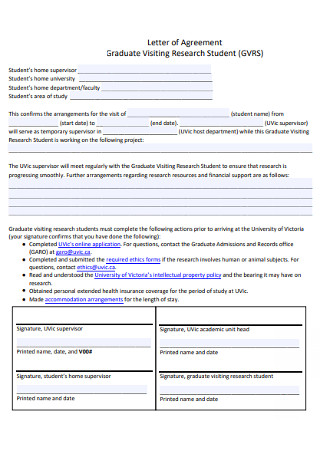
Student Letter of Agreement
download now -
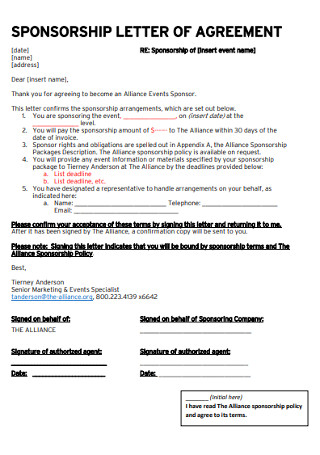
Sponsorship Letter of Agreement
download now -
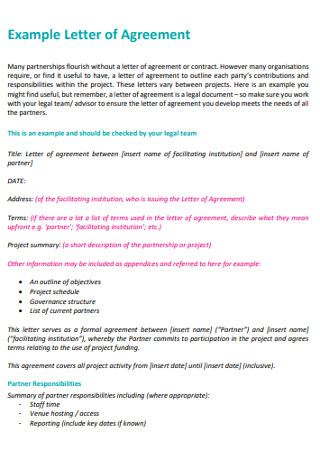
Letter of Agreement Example
download now -
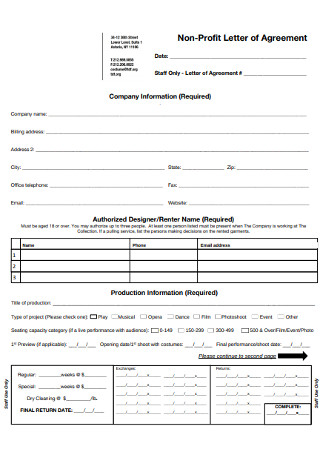
Non-Profit Letter of Agreement
download now -
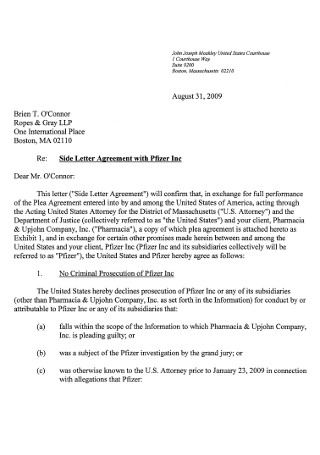
Basic Side Letter of Agreement
download now -
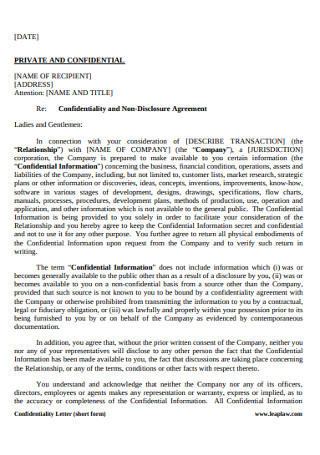
Confidentiality Letter of Agreement
download now -
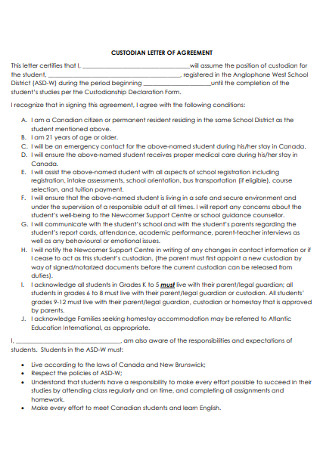
Custodian Letter of Agreement
download now -
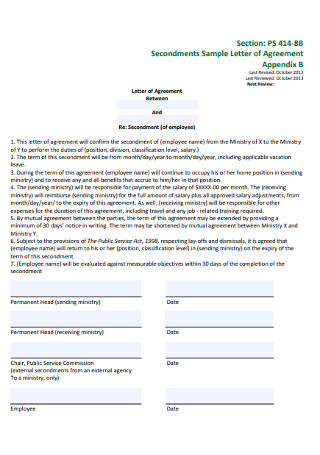
Secondments Sample Letter of Agreement
download now -
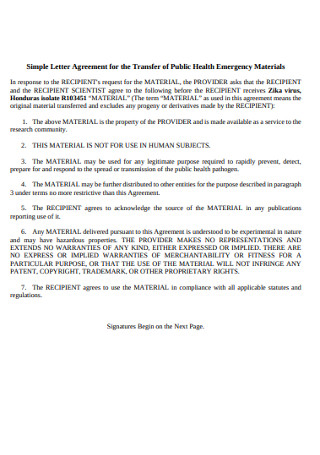
Health Emergency Materials Letter Agreement
download now -

Off Duty Letter of Agreement
download now -
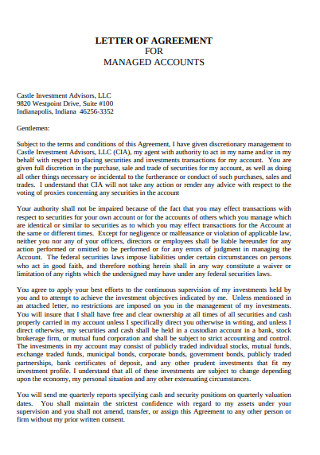
Letter of Agreement for Managed Accounts
download now -
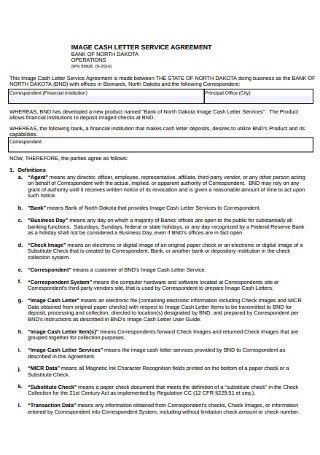
Image Cash Letter Service Agreement
download now -
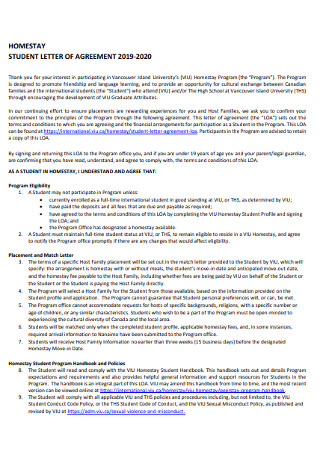
Sample Student Letter of Agreement
download now -
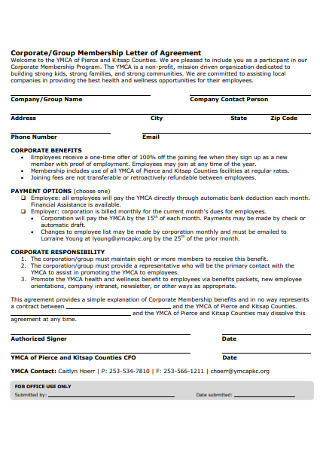
Group Membership Letter of Agreement
download now -
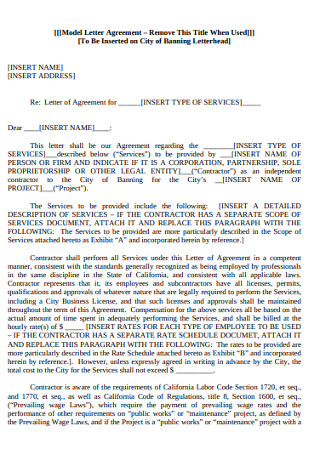
Model Letter Agreement
download now -
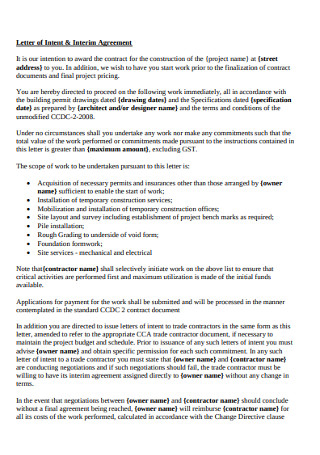
Letter of Intent and Interim Agreement
download now -
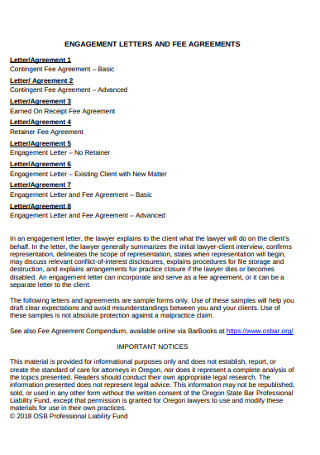
Engagement Letters and Fee Agreement
download now -
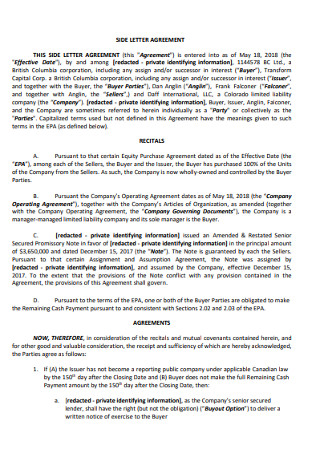
Simple Letter of Agreement
download now -
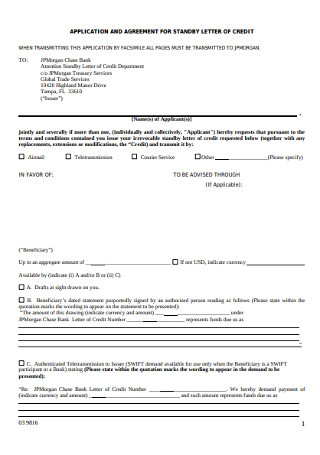
Agreement for Standby Letter of Credit
download now -
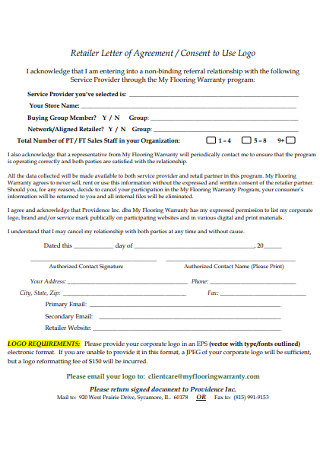
Retailer Letter of Agreement
download now -
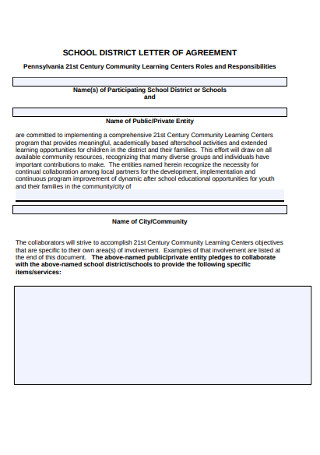
School Distric Letter of Agreement
download now -

Volunteer Agreement Letter
download now -
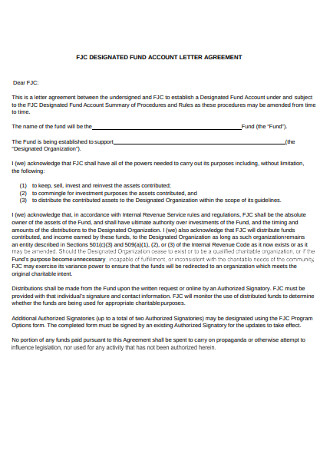
Letter of Fund Account Agreement
download now -

Fee Letter of Agreement
download now -

Pledge Letter of Agreement
download now -
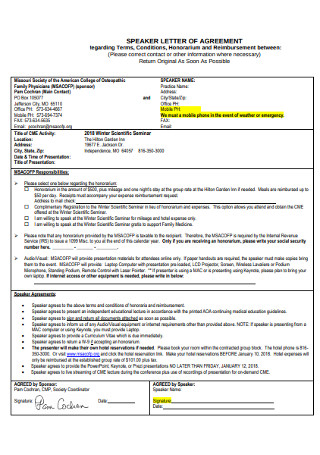
Speaker Letter of Agreement
download now -
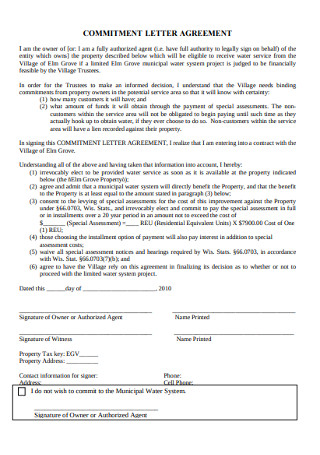
Commitment Letter of Agreement
download now -
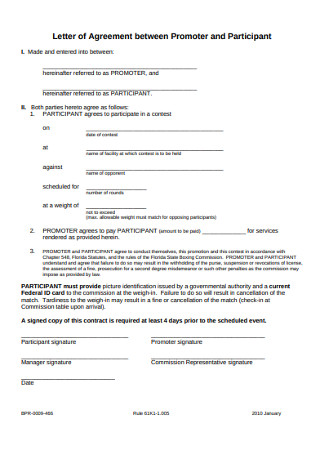
Letter of Agreement between Promoter and Participant
download now -
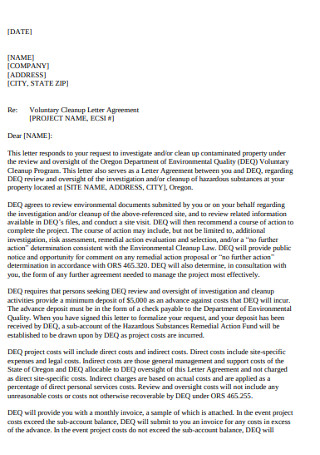
Voluntary Cleanup Letter Agreement
download now -
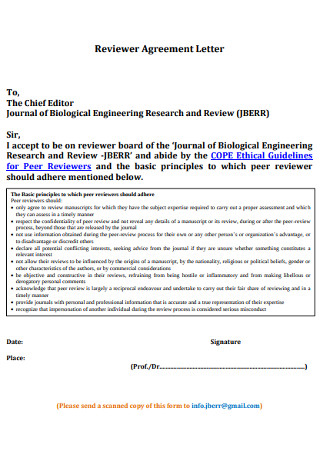
Reviewer Agreement Letter
download now -
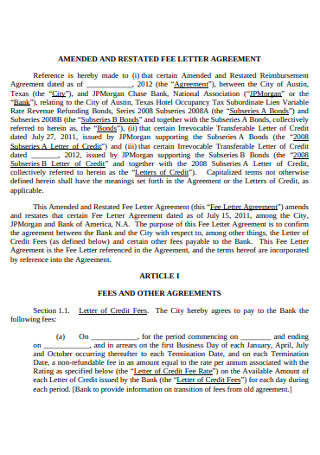
Restated Fee letter of Agreement
download now -
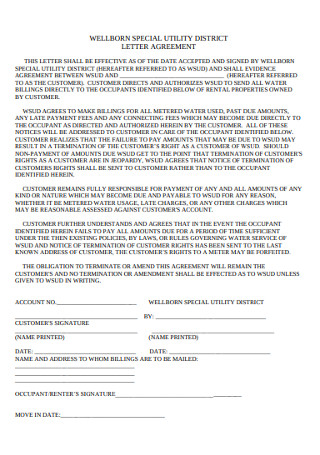
Simple Letter of Agreement
download now -

Standard Chioce Offer Letter of Agreement
download now -

Letter of Payment Agreement
download now -
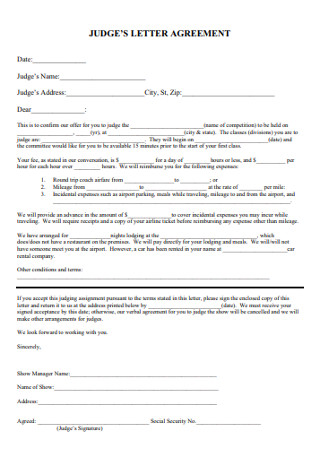
Judge’s Letter of Agreeement
download now -
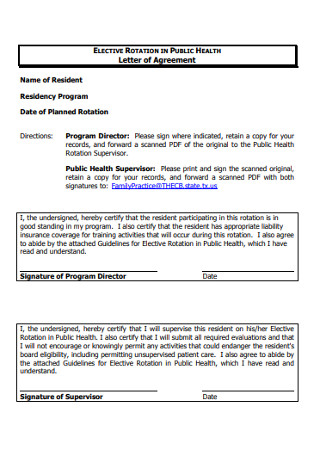
Public Health Letter of Agreement
download now -
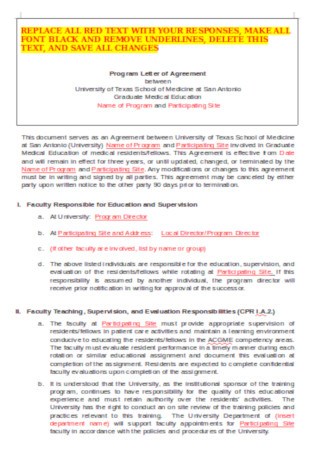
Sample Program Letter of Agreement Template
download now -
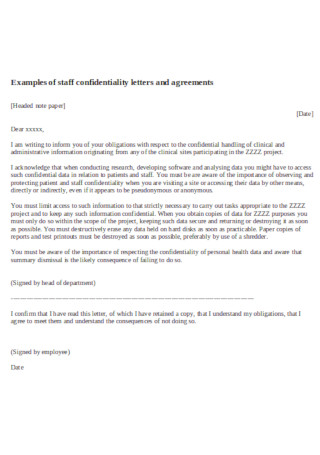
Staff Confidentiality Letters and Agreement
download now
FREE Letter of Agreement s to Download
Letter of Agreement Format
Letter of Agreement Samples
What is a Letter of Agreement?
Purposes of a Letter of Agreement
Types of Letters of Agreement
How to Create a Letter of Agreement
FAQS
How is a Letter of Agreement different from a contract?
Why is a Letter of Agreement important for freelancers?
What should be included in a Letter of Agreement to make it effective?
How does a Letter of Agreement help in legal disputes?
Who signs a Letter of Agreement?
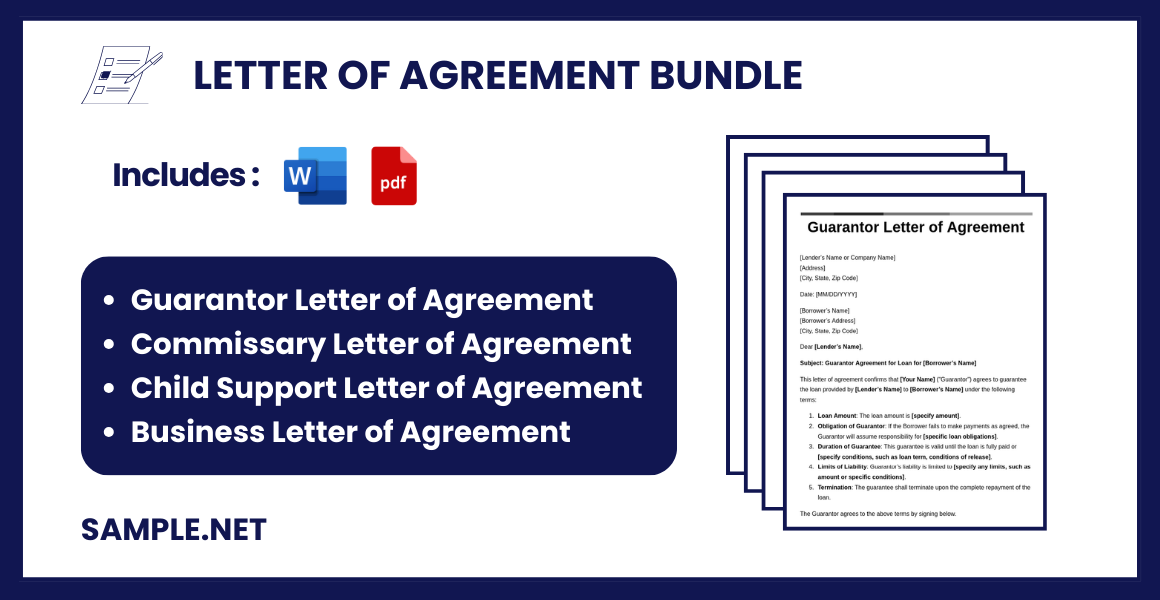
Download Letter of Agreement Bundle
Letter of Agreement Format
[Date]
[Your Company Name]
[Address Line 1]
[Address Line 2]
[City, State, Zip Code]
[Recipient’s Name]
[Recipient’s Company Name]
[Recipient’s Address Line 1]
[Recipient’s Address Line 2]
[City, State, Zip Code]
Dear [Recipient’s Name],
Subject: Agreement between [Your Company] and [Recipient’s Company]
This Letter of Agreement is made and entered into on [Date] between [Your Company], located at [Address] (hereinafter referred to as “Party A”), and [Recipient’s Company], located at [Address] (hereinafter referred to as “Party B”). This document outlines the terms and conditions agreed upon by both parties.
1. Purpose of Agreement
- This section should briefly describe the nature and purpose of the agreement.
2. Terms and Conditions
- Scope of Work: Describe the specific work, services, or products involved in the agreement.
- Duration: State the effective date and duration of the agreement.
- Payment Terms: Outline the payment schedule, amounts, and method of payment.
- Responsibilities: Detail the responsibilities of each party involved in fulfilling the terms of the agreement.
3. Confidentiality
- State any confidentiality clauses, if applicable, detailing how information is to be protected and any restrictions on sharing information.
4. Termination
- Outline the conditions under which either party may terminate the agreement. Include notice period, reasons for termination, and any obligations upon termination.
5. Dispute Resolution
- Detail the process for resolving any disputes that may arise, such as mediation or arbitration, and the governing law.
6. Signatures
By signing below, both parties agree to the terms and conditions outlined in this agreement.
Party A
[Your Company Name]
Signature: __________________________
Printed Name: [Your Name]
Title: [Your Title]
Date: __________________________
Party B
[Recipient’s Company Name]
Signature: __________________________
Printed Name: [Recipient’s Name]
Title: [Recipient’s Title]
Date: __________________________
What is a Letter of Agreement?
A Letter of Agreement is a written document that defines the specific terms, obligations, and conditions agreed upon between parties. It formalizes verbal or informal understandings, giving a documented reference to which both parties can hold accountability. You can also see more on Customer Agreement.
Purposes of a Letter of Agreement
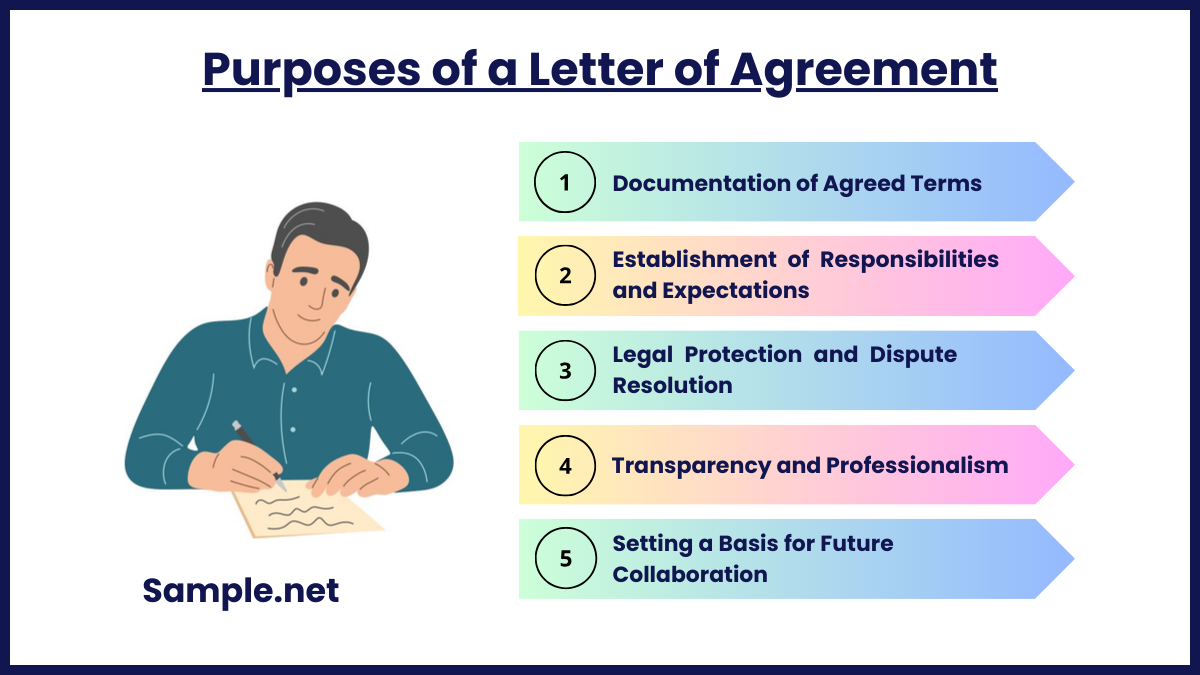
- Documentation of Agreed Terms
A Letter of Agreement serves to formally document the terms agreed upon by all parties involved in a specific arrangement. By having a clear, written record, each party knows exactly what is expected, reducing the potential for misunderstandings or disputes later on. You can also see more on Written Agreements. - Establishment of Responsibilities and Expectations
This letter outlines specific responsibilities, tasks, and deliverables expected from each party. Clearly defining roles and expectations ensures that all parties understand their duties, promoting accountability and helping projects run smoothly. - Legal Protection and Dispute Resolution
Although less formal than a traditional contract, a signed Letter of Agreement holds legal significance. It can act as evidence in legal situations, demonstrating that both parties agreed to certain terms and obligations. This legal backing provides a foundation for resolving disputes should they arise. You can also see more on Rental Agreement Letters. - Transparency and Professionalism
By outlining all terms, deadlines, and payment details, a Letter of Agreement fosters transparency, which is essential in business and professional relationships. This clarity builds trust between parties and showcases a professional approach to the working arrangement. - Setting a Basis for Future Collaboration
A Letter of Agreement can lay the groundwork for an ongoing or future partnership. By establishing a successful, documented agreement, the parties create a solid foundation that can be referenced or built upon for future projects, enhancing the potential for long-term collaboration. You can also see more on Letter of Intent Contracts.
Types of Letters of Agreement
- Service Agreement Letter: Outlines the terms for services provided by one party to another.
- Freelance or Contractor Agreement Letter: Establishes terms between a freelancer/contractor and the client.
- Partnership Agreement Letter: Defines terms of collaboration and responsibilities between partners.
- Employment Agreement Letter: Details specific conditions of a work arrangement or temporary employment.
- Non-Disclosure Agreement (NDA) Letter: Formalizes confidentiality obligations between parties in an arrangement. You can also see more on Internal Agreement.
How to Create a Letter of Agreement
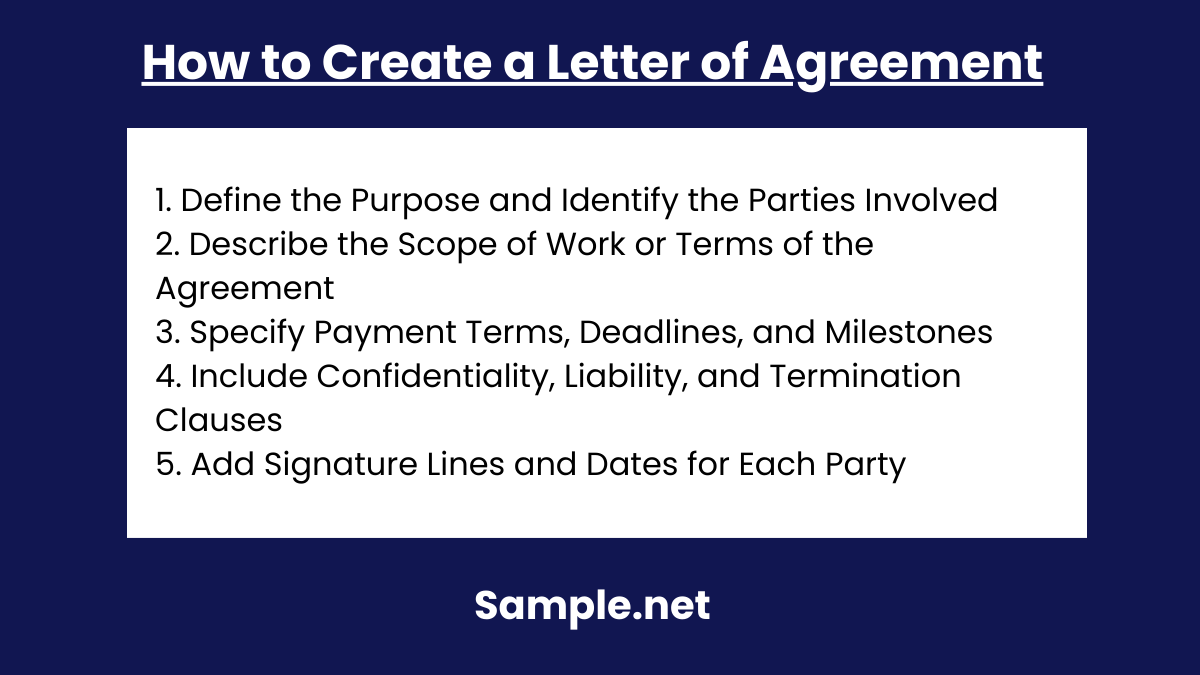
Step 1: Define the Purpose and Identify the Parties Involved
Start by clearly stating the purpose of the agreement, explaining the nature of the arrangement or collaboration. Identify all parties involved by name, role, and contact information. This introductory section clarifies the participants and purpose, setting a clear foundation for the agreement and preventing role-related misunderstandings. You can also see more on Payment Agreements.
Step 2: Describe the Scope of Work or Terms of the Agreement
Outline the specific tasks, responsibilities, or services each party is expected to provide. Be as detailed as possible to avoid ambiguities, including the nature of the work, timelines, deliverables, and any limitations. This helps each party understand their obligations, ensuring clarity on what’s expected for the agreement’s success.
Step 3: Specify Payment Terms, Deadlines, and Milestones
Provide clear payment terms, including the total amount, payment schedule, and accepted payment methods. Mention any important deadlines or milestones associated with the work or services. Including these details prevents misunderstandings about compensation and creates a roadmap for timely completion.
Step 4: Include Confidentiality, Liability, and Termination Clauses
If the agreement involves sensitive information, add a confidentiality clause to protect proprietary data. Also, include liability clauses that specify responsibilities in case of unforeseen issues. Outline terms for terminating the agreement if necessary. These clauses safeguard both parties, establishing boundaries and handling risks. You can also see more on Contract Cancellation Letters.
Step 5: Add Signature Lines and Dates for Each Party
End with a space for signatures and dates. Each party should review the agreement and sign to confirm their understanding and commitment to the terms. This final step formally binds both parties to the agreement, making it enforceable and serving as a reference for all agreed terms.
A Letter of Agreement is an essential tool for creating clear, documented arrangements between parties. Whether used in business or personal settings, it minimizes misunderstandings, provides legal backing, and establishes a framework for successful partnerships. Unlike formal contracts, these letters are generally straightforward and focus on mutual understanding and respect. When drafting one, carefully outline the terms, responsibilities, and expectations to foster a smooth collaboration and uphold the agreement’s integrity. You can also see more on Contract Termination Letters.
FAQS
How is a Letter of Agreement different from a contract?
Unlike formal contracts, letters of agreement are less complex, usually less formal, and focus more on mutual understanding than extensive legalities.
Why is a Letter of Agreement important for freelancers?
For freelancers, a Letter of Agreement ensures that both they and the client clearly understand expectations, payment terms, and timelines. This document protects freelancers by providing a legal basis for resolving disputes, helping prevent misunderstandings and fostering a smoother working relationship. You can also see more on Sales Contracts.
What should be included in a Letter of Agreement to make it effective?
An effective Letter of Agreement includes clear definitions of responsibilities, payment terms, deadlines, confidentiality clauses, and a signature section. Each part contributes to mutual understanding and minimizes ambiguities, making the agreement effective and reliable. You can also see more on Distribution Agreements.
How does a Letter of Agreement help in legal disputes?
Although less formal, a signed Letter of Agreement is still considered evidence of mutual understanding. In legal disputes, it can serve as proof of agreed terms and responsibilities, aiding in the resolution process by showing documented evidence of the arrangement.
Who signs a Letter of Agreement?
All involved parties sign it to indicate agreement and to hold each other accountable to the outlined terms. You can also see more on User Agreement.
